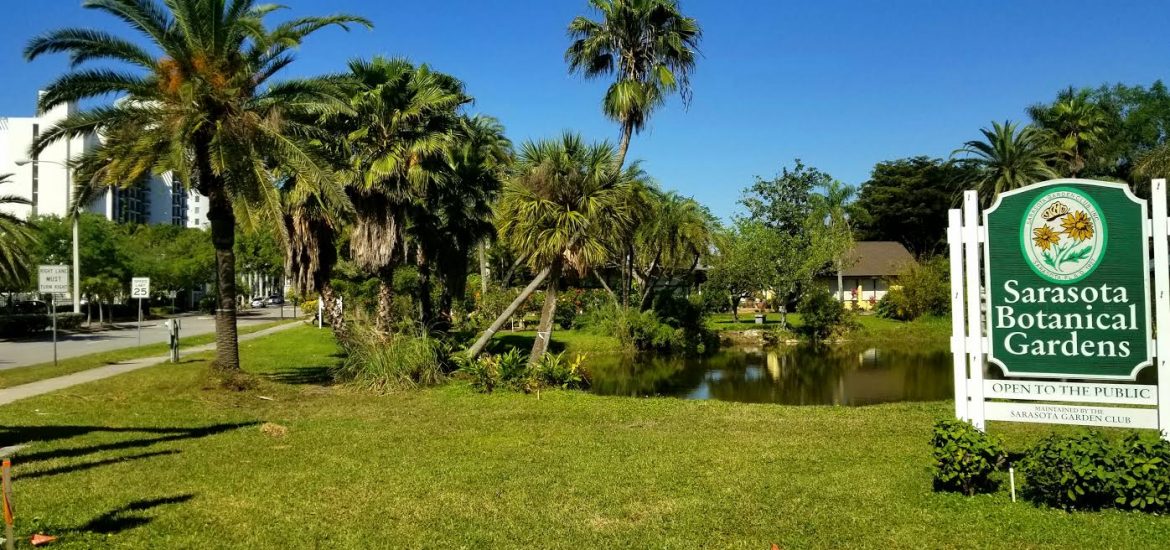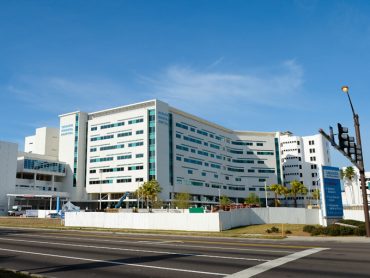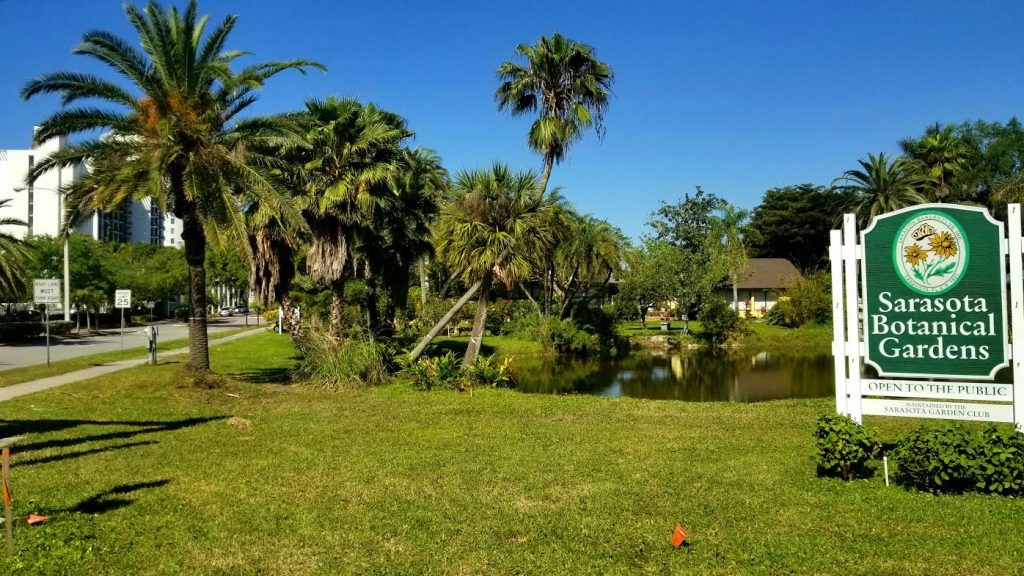
The Marie Selby Botanical Gardens (15 acres, including 9 acres of display gardens) is the only botanical garden in the world dedicated to the display and study of epiphytes, especially orchids and bromeliads, and their canopy ecosystems, with a focus on botany, horticulture and environmental education. Ongoing research and exploration for tropical plants attracts worldwide attention of international scholars and plant enthusiasts. It is located on the grounds of the former home of Marie and William Selby (of the Texaco Oil Company) at 900 South Palm Avenue, in the heart of Sarasota, Florida, United States, and open to the public 10 a.m. to 5 p.m. every day but Christmas.
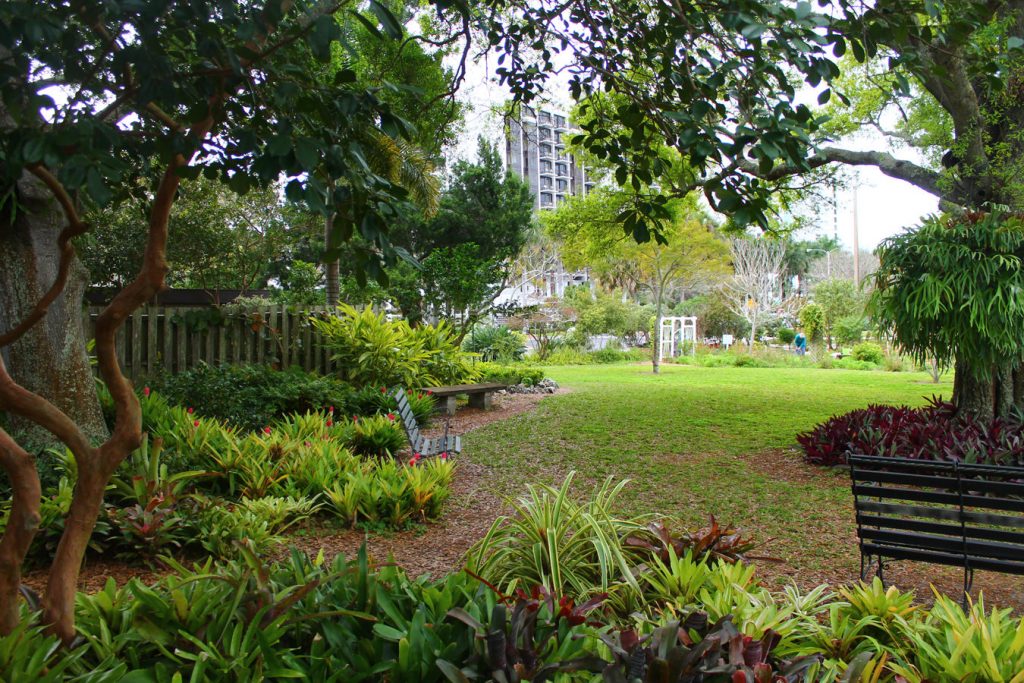
Flora
The Gardens feature the most diverse living and preserved collections of epiphytes in the world, and feature more than 20,000 living plants including 5,500 orchids, 3,500 bromeliads and 1,600 other plants.The living collection is accompanied by an herbarium, with dried and preserved specimens of tropical flora; the world’s second largest spirit collection consisting of vials of mostly orchid flowers in preservative fluids; and a library. More than 150 expeditions to the tropics and subtropics have contributed to these collections. Selby Gardens’ botanists have discovered or described more than 2,000 plant species previously unknown to science.
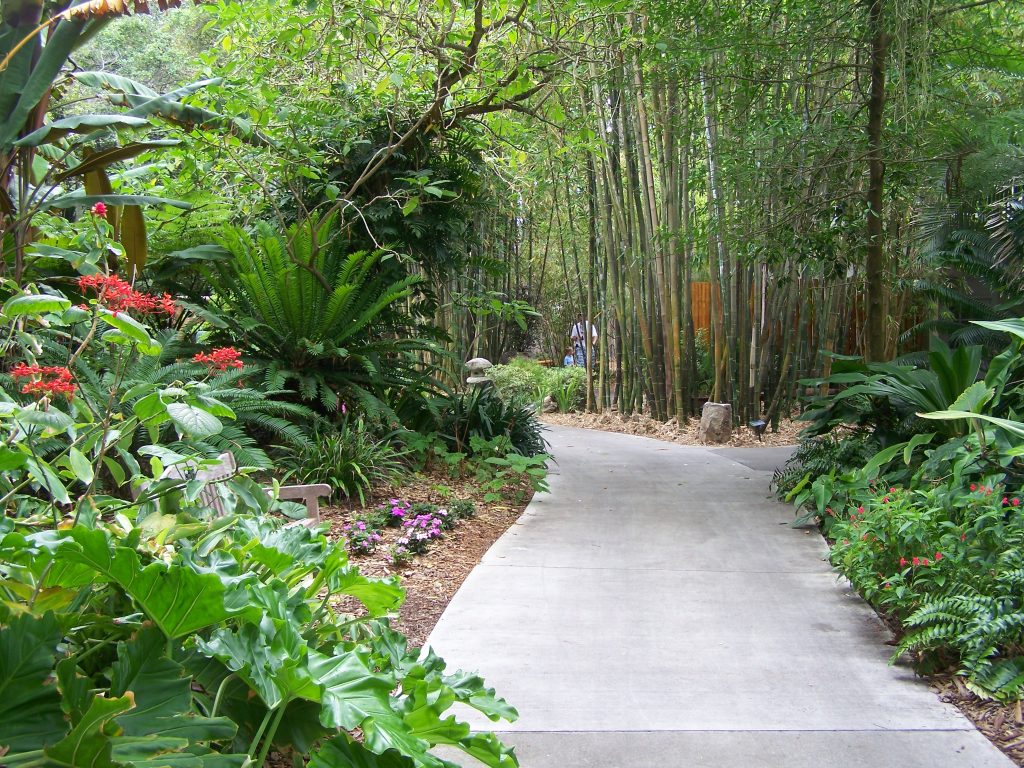
For the casual visitor, the Gardens maintain banyans, bamboo, live oaks, palms, mangroves, succulents, wildflowers, cycads, bromeliads, a butterfly garden, a fragrance garden, an edible garden and a koi pond, on a site bordering Sarasota Bay. The interactive Ann Goldstein Children’s Rainforest Garden is designed to help children develop a lifelong appreciation for rainforest plants.
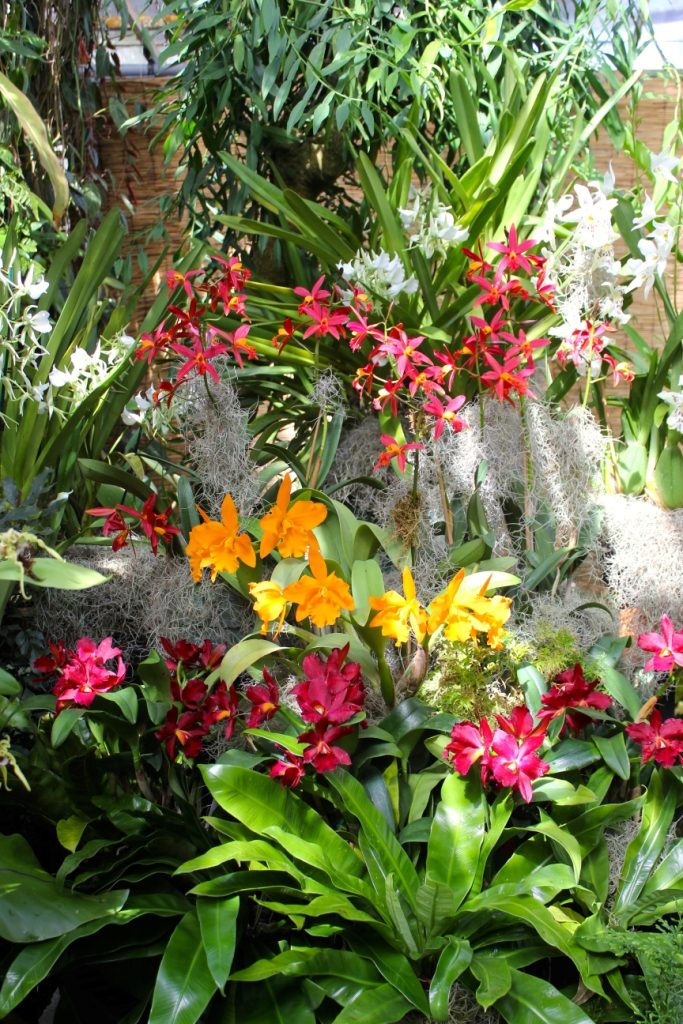
The Mulford B. Foster Bromeliad Identification Center was established in 1979 in honor of Mulford Foster, one of the leading bromeliad collectors to provide information on the horticultural and botanical aspects of the Bromeliaceae. It maintains taxonomic files for over 2800 species, genera, and subfamilies, and houses more than 2000 photographic slides for use by individuals, institutions and societies. It is supported by local and international bromeliad societies.
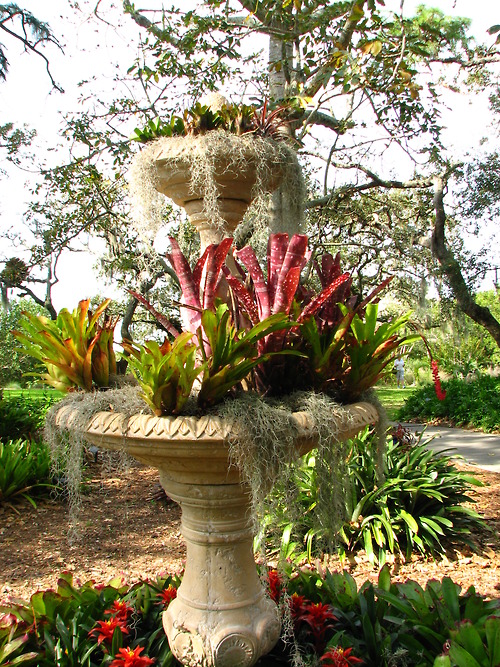
Greenhouses contain over 10,500 accessions in more than 600 genera representing 92 plant families, including 4900 orchids, 3600 bromeliads, 660 aroids, 240 ferns, 140 gesneriads, and 1300 other plants.
Gardens contain approximately 2300 recorded tropical and subtropical plantings, representing some 1,200 species, 620 genera, and 165 plant families. A significant portion are well-documented, vouchered species collected from native habitats.
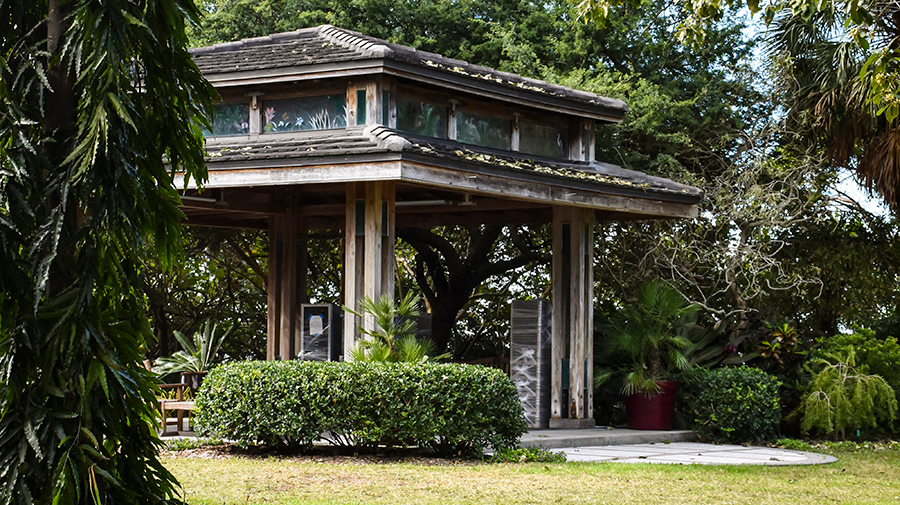
The Herbarium contains approximately 106,000 specimens of tropical flora, largely neotropical, with an emphasis on epiphytes. Ecuador flora and flora of the Andes are well represented. Current collections of families, with number of types for each, is: Orchidaceae (1200), Bromeliaceae (109), Gesneriaceae (105), Araceae (62), Marantaceae (16), Heliconiaceae (14), and miscellany (61).
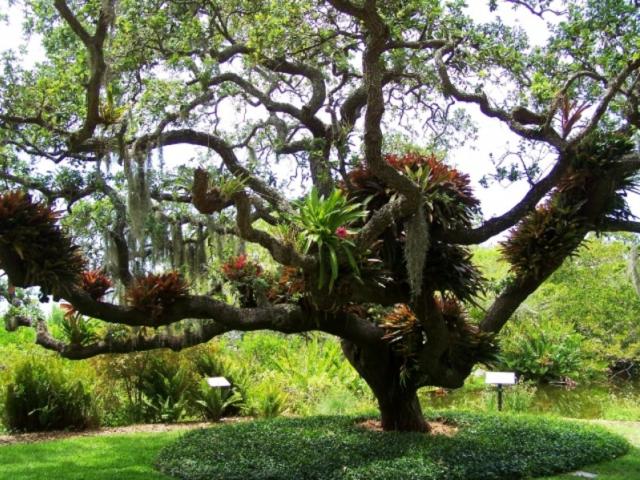
The Orchid Identification Center was established in 1975 to study and curate wild-collected and conservatory grown orchids, and to serve as a center for their identification. It has amassed a collection of more than 20,000 taxonomic reference files, a collection of photographs, and 24,000 spirit preserved specimens, with particular strengths in collections from Mexico, Central America, Andean South America, and Venezuela.
The Christy Payne House houses the Museum of Botany and the Arts, the Garden’s gallery for changing exhibits of botanical art and photography. It is listed on the U.S. National Register of Historic Places, to which it was added on September 25, 1998.
The Research Library houses approximately 124,000 volumes, dealing primarily with tropical plants, and especially epiphytes. It includes a rare book collection dating to the late 18th century, 14,000 issues of scientific journals, 2500 microfiche of early botanical references and herbaria, a photographic slide collection, and other related holdings.
The Spirit Collection contains nearly 28,000 vials of flowers in preservative fluids, making it the second largest such collection in the world after the Royal Botanic Gardens, Kew. The collection includes 24,000 vials of the orchid family (Orchidaceae); several thousand vials of gesneriads (Gesneriaceae); and 300 vials of bromeliads (Bromeliaceae).
Read more on Wikipedia
